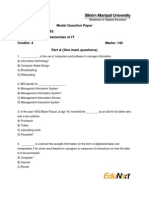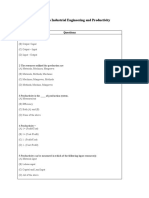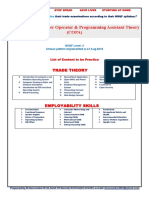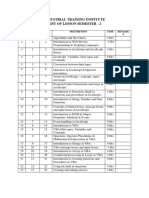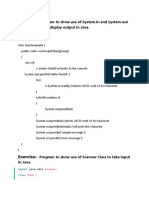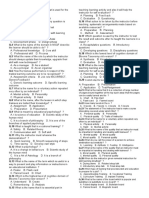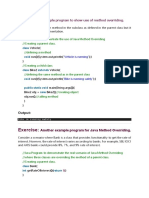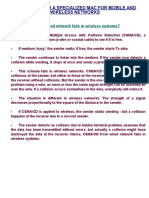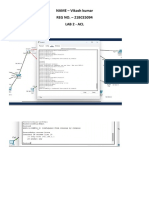0% found this document useful (0 votes)
2K views33 pagesNetworking MCQs Test For CITS CSA
Networking | Basics Aptitude Questions and Answers | Set 1 contains 5 multiple choice questions about computer networks. The questions cover topics like the definition of a computer network, common network devices, network identifiers, IPv6 addressing, and more. The document provides the questions, multiple choice answers, and an explanation for each answer. It aims to test the reader's knowledge of basic networking concepts.
Uploaded by
Rajesh KumarCopyright
© © All Rights Reserved
We take content rights seriously. If you suspect this is your content, claim it here.
Available Formats
Download as DOCX, PDF, TXT or read online on Scribd
0% found this document useful (0 votes)
2K views33 pagesNetworking MCQs Test For CITS CSA
Networking | Basics Aptitude Questions and Answers | Set 1 contains 5 multiple choice questions about computer networks. The questions cover topics like the definition of a computer network, common network devices, network identifiers, IPv6 addressing, and more. The document provides the questions, multiple choice answers, and an explanation for each answer. It aims to test the reader's knowledge of basic networking concepts.
Uploaded by
Rajesh KumarCopyright
© © All Rights Reserved
We take content rights seriously. If you suspect this is your content, claim it here.
Available Formats
Download as DOCX, PDF, TXT or read online on Scribd
/ 33






